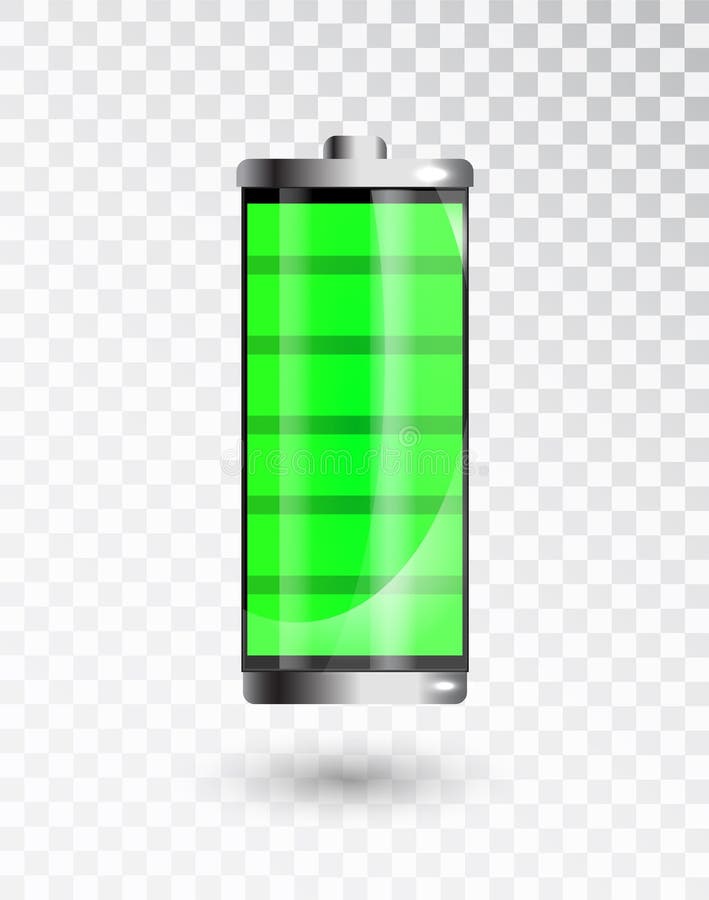

Investigation into these events is in progress.īoeing has been using lithium batteries for decades safely and successfully in other demanding aerospace applications. No battery-related incidents occurred before January 2013, when the airplane experienced two events. Since entering service, Boeing 787 lithium-ion batteries, each with eight cells, have logged more than 2.2 million cell-hours on the ground and in the air during more than 50,000 flight-hours. Similar functionality to that of NiCd batteries while weighing 30 percent lessĬompact – about the size of the average car battery The required high voltage and high current production Lithium-ion batteries have other key advantages that suit it for modern jet application: Earlier commercial airplane models, such as the 777, 747 and MD-11, used nickel cadmium (NiCd) batteries, which are heavier, larger and less powerful.īatteries, like other technologies, have advanced significantly, and lithium-ion type batteries match up with the unique requirements of advanced aircraft. It then has the ability to recharge in a relatively short period of time so that it is available for the critical backup role that it plays during flight. Matching the right battery to the requirementsĪfter extensive testing, Boeing ultimately selected the lithium-ion type battery because it has the right functionality and chemistry to deliver a large amount of power in a short period of time to do a high-energy task like start a jet engine. The APU, and its battery, also serves as part of the multiple layers of redundancy that would ensure power in the rare possibility of a loss of primary sources of power. The APU battery supplies power to start the APU, which in turn can start the airplane engines. It is located in the forward electronics equipment (EE) bay, which is under the main cabin floor at the front of the airplane. The main battery also provides backup power for critical systems during flight in the extremely unlikely event of a power failure. It also is used to support ground operations such as refueling and powering the braking system when the airplane is towed. Once the engines are started, the electrical energy to run the systems comes from generators. The main battery “powers up” aircraft systems, bringing the airplane to life before the engines have been started. While identical part numbers, they serve separate purposes. The 787 Dreamliner has two primary rechargeable batteries – the main and auxiliary power unit (APU). Today’s jet airplanes have much more demanding requirements and consequently more advanced electrical systems, of which batteries are an integral component. Orville and Wilbur Wright used an electrical spark to ignite the fuel mixture in the engine that powered the Wright Flyer off the ground and into the history books. Electricity has been used in powered flight since the pioneering days of aviation.


 0 kommentar(er)
0 kommentar(er)
